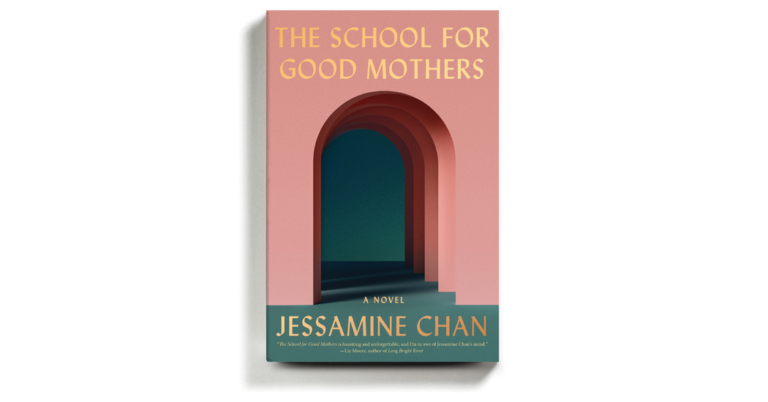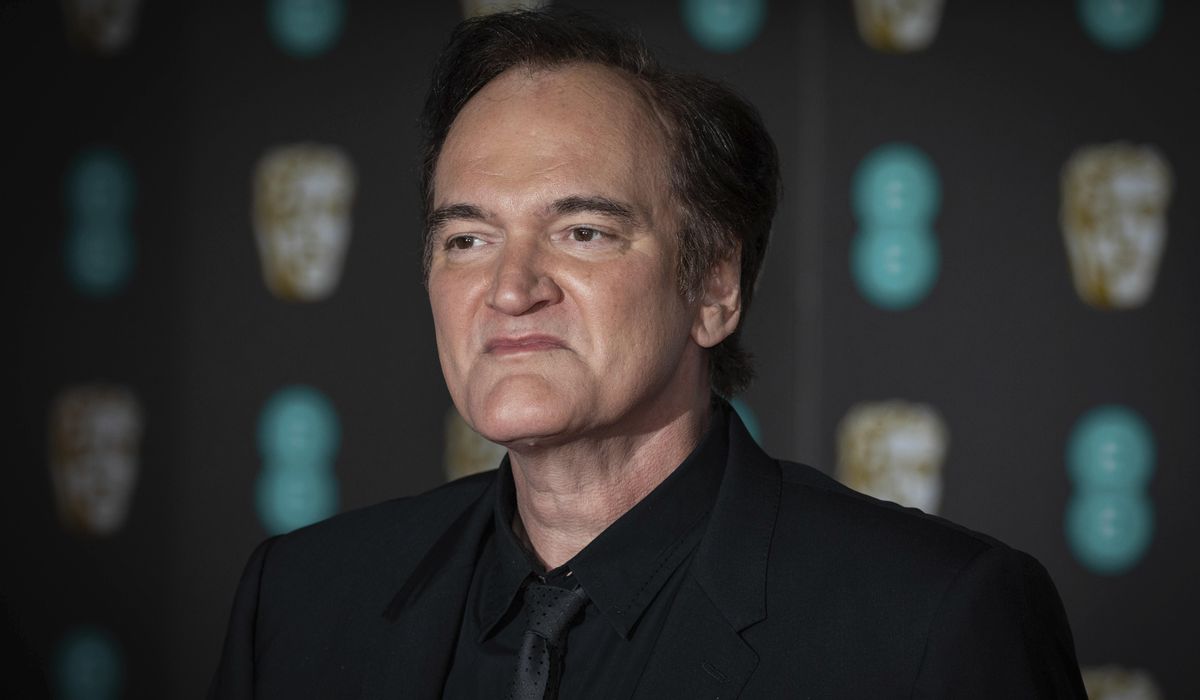Benjamin Whitely headed to a Safeway supermarket in Washington D.C. on Tuesday to grab some items for dinner. But he was disappointed to find the vegetable bins barren and a sparse selection of turkey, chicken and milk.
“Seems like I missed out on everything,” Whitely, 67, said. “I’m going to have to hunt around for stuff now.”
Shortages at U.S. grocery stores have grown more acute in recent weeks as new problems – like the fast-spreading omicron variant and severe weather – have piled on to the supply chain struggles and labor shortages that have plagued retailers since the coronavirus pandemic began.
The shortages are widespread, impacting produce and meat as well as packaged goods such as cereal. And they’re being reported nationwide. U.S. groceries typically have 5% to 10% of their items out of stock at any given time; right now, that unavailability rate is hovering around 15%, according to Consumer Brands Association President and CEO Geoff Freeman.
Part of the scarcity consumers are seeing on store shelves is due to pandemic trends that never abated – and are exacerbated by omicron. Americans are eating at home more than they used to, especially since offices and some schools remain closed.
The average U.S. household spent $144 per week at the grocery last year, according to FMI, a trade organization for groceries and food producers. That was down from the peak of $161 in 2020, but still far above the $113.50 that households spent in 2019.
A deficit of truck drivers that started building before the pandemic also remains a problem. The American Trucking Associations said in October that the U.S. was short an estimated 80,000 drivers, a historic high.
And shipping remains delayed, impacting everything from imported foods to packaging that is printed overseas.
Retailers and food producers have been adjusting to those realities since early 2020, when panic buying at the start of the pandemic sent the industry into a tailspin. Many retailers are keeping more supplies of things like toilet paper on hand, for example, to avoid acute shortages.
“All of the players in the supply chain ecosystem have gotten to a point where they have that playbook and they’re able to navigate that baseline level of challenges,” said Jessica Dankert, vice president of supply chain at the Retail Industry Leaders Association, a trade group.
Generally, the system works; Dankert notes that bare shelves have been a rare phenomenon over the last 20 months. It’s just that additional complications have stacked up on that baseline at the moment, she said.
As it has with staffing at hospitals, schools and offices, the omicron variant has taken a toll on food production lines. Sean Connolly, the president and CEO of Conagra Brands, which makes Birds Eye frozen vegetables, Slim Jim meat snacks and other products, told investors last week that supplies from the company’s U.S. plants will be constrained for at least the next month due to omicron-related absences.
Worker illness is also impacting grocery stores. Stew Leonard Jr. is president and CEO of Stew Leonard’s, a supermarket chain that operates stores in Connecticut, New York and New Jersey. Last week, 8% of his workers – around 200 people – were either out sick or in quarantine. Usually, the level of absenteeism is more like 2%.
One store bakery had so many people out sick that it dropped some of its usual items, like apple crumb cake. Leonard says meat and produce suppliers have told him they are also dealing with omicron-related worker shortages.
Still, Leonard says he is generally getting shipments on time, and thinks the worst of the pandemic may already be over.
Weather-related events, from snowstorms in the Northeast to wildfires in Colorado, also have impacted product availability and caused some shoppers to stock up more than usual, exacerbating supply problems caused by the pandemic.
Lisa DeLima, a spokesperson for Mom’s Organic Market, an independent grocer with locations in the mid-Atlantic region, said the company’s stores did not have produce to stock last weekend because winter weather halted trucks trying to get from Pennsylvania to Washington.
That bottleneck has since been resolved, DeLima said. In her view, the intermittent dearth of certain items shoppers see now are nothing compared to the more chronic shortages at the beginning of the pandemic.
“People don’t need to panic buy,” she said. “There’s plenty of product to be had. It’s just taking a little longer to get from point A to point B.”
Experts are divided on how long grocery shopping will sometimes feel like a scavenger hunt.
Dankert thinks this is a hiccup, and the country will soon settle back to more normal patterns, albeit with continuing supply chain headaches and labor shortages.
“You’re not going to see long-term outages of products, just sporadic, isolated incidents __ that window where it takes a minute for the supply chain to catch up,” she said.
But others aren’t so optimistic.
Freeman, of the Consumer Brands Association, says omicron-related disruptions could expand as the variant grips the Midwest, where many big packaged food companies like Kellogg Co. and General Mills Inc. have operations.
Freeman thinks the federal government should do a better job of ensuring that essential food workers get access to tests. He also wishes there were uniform rules for things like quarantining procedures for vaccinated workers; right now, he said, companies are dealing with a patchwork of local regulations.
“I think, as we’ve seen before, this eases as each wave eases. But the question is, do we have to be at the whims of the virus, or can we produce the amount of tests we need?” Freeman said.
In the longer term, it could take groceries and food companies a while to figure out the customer buying patterns that emerge as the pandemic ebbs, said Doug Baker, vice president of industry relations for food industry association FMI.
“We went from a just-in-time inventory system to unprecedented demand on top of unprecedented demand,” he said. “We’re going to be playing with that whole inventory system for several years to come.”
In the meantime, Whitely, the Safeway customer in Washington, said he’s lucky he’s retired because he can spend the day looking for produce if the first stores he tries are out. People who have to work or take care of sick loved ones don’t have that luxury, he said.
“Some are trying to get food to survive. I’m just trying to cook a casserole,” he said.
Copyright © 2022 The Washington Times, LLC.
Health, The New York Today




















